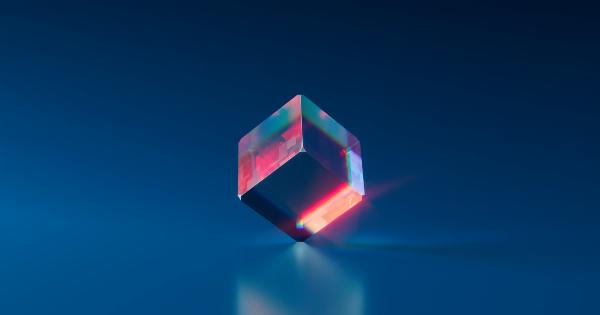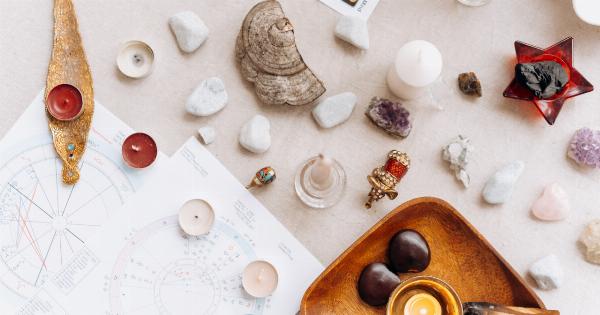White hair, or gray hair, is a natural part of aging. As we get older, our hair follicles start to produce less melanin, causing our hair to lose its pigmentation.
While gray hair on the scalp is a common concern for many people, white hair on the face and body can also be an issue. In this article, we will discuss some of the best ways to deal with white hair on your face and body.
1. Embrace It
Some people choose to embrace their natural hair color, whether it’s gray, white, or something in between. Embracing your white hair can save you time, money, and potential damage caused by hair dyes and chemical treatments.
Plus, it can be a stylish and empowering look. Consider trying new hairstyles and experimenting with accessories that complement your white hair.
2. Pluck It
If you’re not ready to embrace your white hair, you can always pluck it. Plucking is an effective way to remove unwanted hair on the face and body.
However, be sure to use clean tweezers and avoid over-plucking, as it can damage the hair follicle and lead to ingrown hairs. Plucking can also be painful, so be prepared for some discomfort.
3. Wax It
Waxing is another common way to remove unwanted hair on the face and body. Waxing can remove larger areas of hair at once, making it a good option for larger patches of white hair. However, like plucking, waxing can be painful and lead to ingrown hairs.
Make sure to use a high-quality wax and follow the instructions carefully. Waxing may not be suitable for those with sensitive skin.
4. Laser Hair Removal
Laser hair removal is a long-term solution for unwanted hair on the face and body. Laser hair removal uses intense light beams to destroy hair follicles, preventing future hair growth.
Laser hair removal can be expensive and require multiple sessions, but it can provide long-lasting results. Make sure to have a consultation with a professional to determine if laser hair removal is right for you.
5. Bleaching
Bleaching can be an option for those who want to minimize the appearance of white hair on their face or body. Bleaching uses chemicals to lighten hair and make it less noticeable.
However, bleaching can be damaging to the hair and skin, so it’s important to use a high-quality product and follow the instructions carefully. Bleaching may not be a suitable option for those with sensitive skin.
6. Hair Dye
Hair dye is the most commonly used method for covering up gray or white hair. Hair dye comes in various shades and can be applied at home or at a salon.
It’s important to choose a hair dye that is formulated for the face or body, as hair dye for the scalp can be too harsh for sensitive skin. If you’re not sure which hair dye to use, consult with a professional and do a patch test before applying it to a larger area.
7. Makeup
Makeup can be a quick and easy way to cover up white hair on the face. Use concealers or color-correcting makeup to blend the white hair with your skin tone. Makeup can also be used to define and shape eyebrows, which may have lost pigment due to aging.
If you’re not sure which makeup products to use, consult with a professional or watch tutorials online for guidance.
8. Home Remedies
There are several home remedies that can help reduce the appearance of white hair on the face and body.
These include: – Amla powder: Mix amla powder with water to create a paste, and apply it to the hair for 30 minutes before washing it off. – Coconut oil: Massage coconut oil into the hair and scalp to nourish the hair and promote melanin production. – Curry leaves: Boil curry leaves in coconut oil and apply the mixture to the hair for an hour before washing it off. This mixture can help darken the hair and improve hair health. While home remedies are not scientifically proven to work, they can be a natural and inexpensive way to support hair health.
9. Vitamins and Supplements
Taking vitamins and supplements can support hair health and promote melanin production. Some recommended vitamins and supplements include vitamin B12, vitamin D, and biotin.
Before taking any supplements, consult with a professional or your doctor to determine if they are safe and beneficial for you.
10. Acceptance
Ultimately, the best way to deal with white hair on the face and body may be acceptance. Embracing your natural hair color and aging gracefully is an empowering and honorable approach.
Remember that external appearances do not define your worth, and that beauty comes in all shapes, sizes, and colors.































